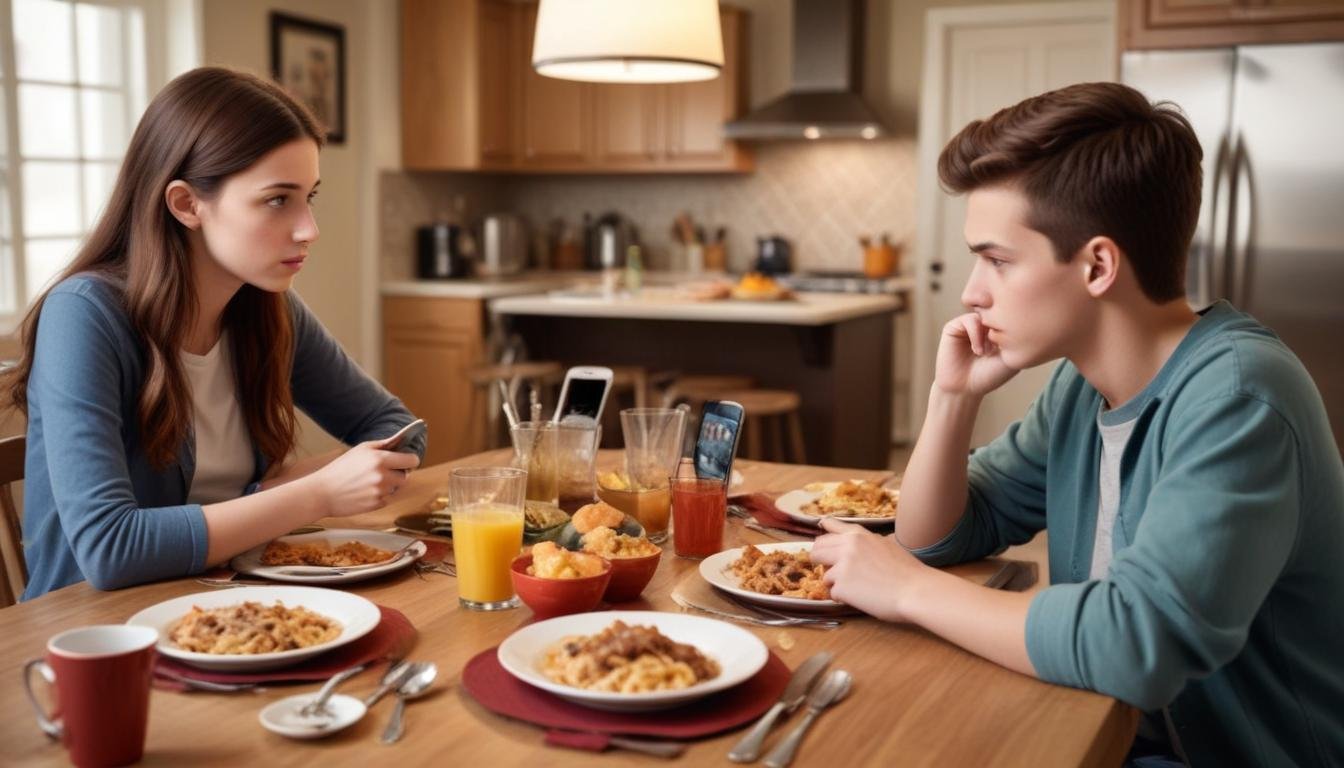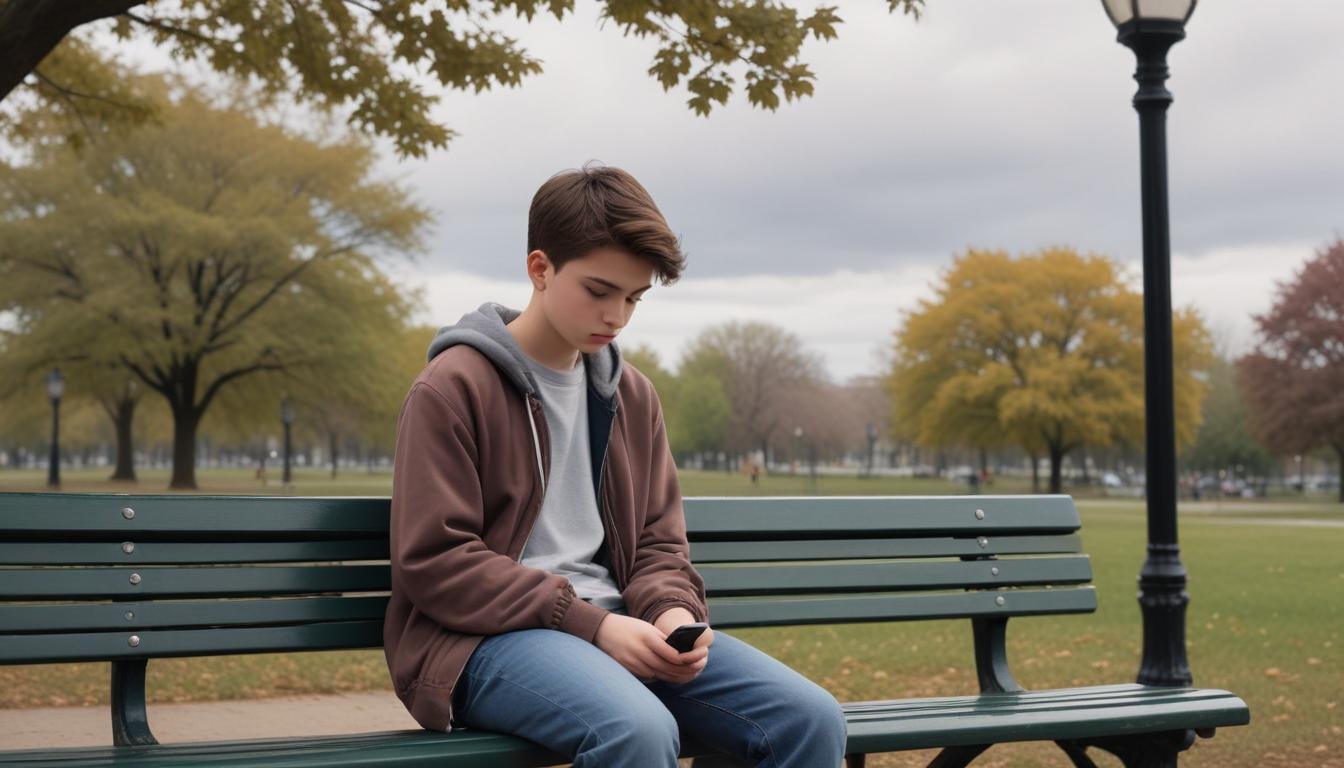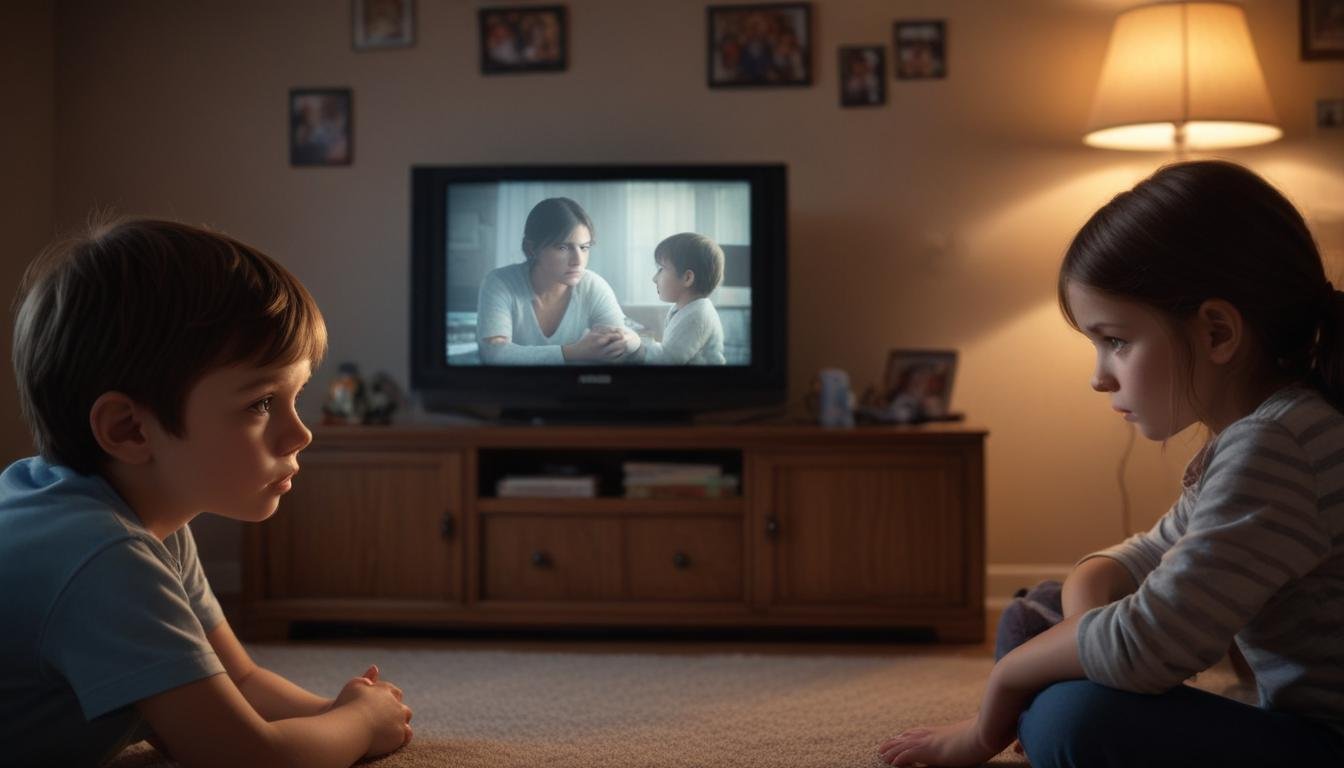Identifying Red Flags in Online Gaming Trends
As a parent, I know how much my kids love online games. My twin boys, Mark and Matthew, are always excited to play with their friends or even on their own. However, it’s important to keep an eye on what’s going on in their gaming world. Sometimes, there can be red flags that show a game or trend might not be safe. I’ve spent over twenty years studying cybersecurity, so I understand how quickly things can change online.
For instance, I once noticed that the boys were really into a new game that seemed to come out of nowhere. When I looked closer, I saw it was based on a viral challenge from social media. The challenge involved doing silly stunts that could lead to injuries. I talked to Michelle about it, and we both agreed to have a chat with the boys. We told them that just because everyone seems to be doing it, that doesn’t mean it’s safe. It was a good moment for us to discuss the difference between fun and dangerous. I encouraged them to think critically about the games they choose to play.
Sometimes, gaming can lead to another issue: cyberbullying. I’ve seen how hurtful words online can really affect kids. I remember when Patricia, our daughter, came home upset after hearing about a friend who was being bullied in a game. It reminded me that we always need to check in on how our kids are feeling while they game. I made it a family rule to talk about their online experiences at dinner. That way, we can spot any issues early and support each other. By being involved, we can help our children enjoy the fun of gaming while staying safe.
It’s also great to keep an eye on the games themselves. If you see too many warnings about violent behavior or if there are lots of players talking meanly to each other, it could be time to reconsider. These signs can show that a game is not healthy for your kids. I always make sure to stay updated on the latest trends by checking trusted resources online. If something feels off about a game they’re interested in, I make sure to ask questions and get involved. It’s all about helping our kids make smart choices and enjoy their time online.
Understanding the Appeal of Dangerous Fads
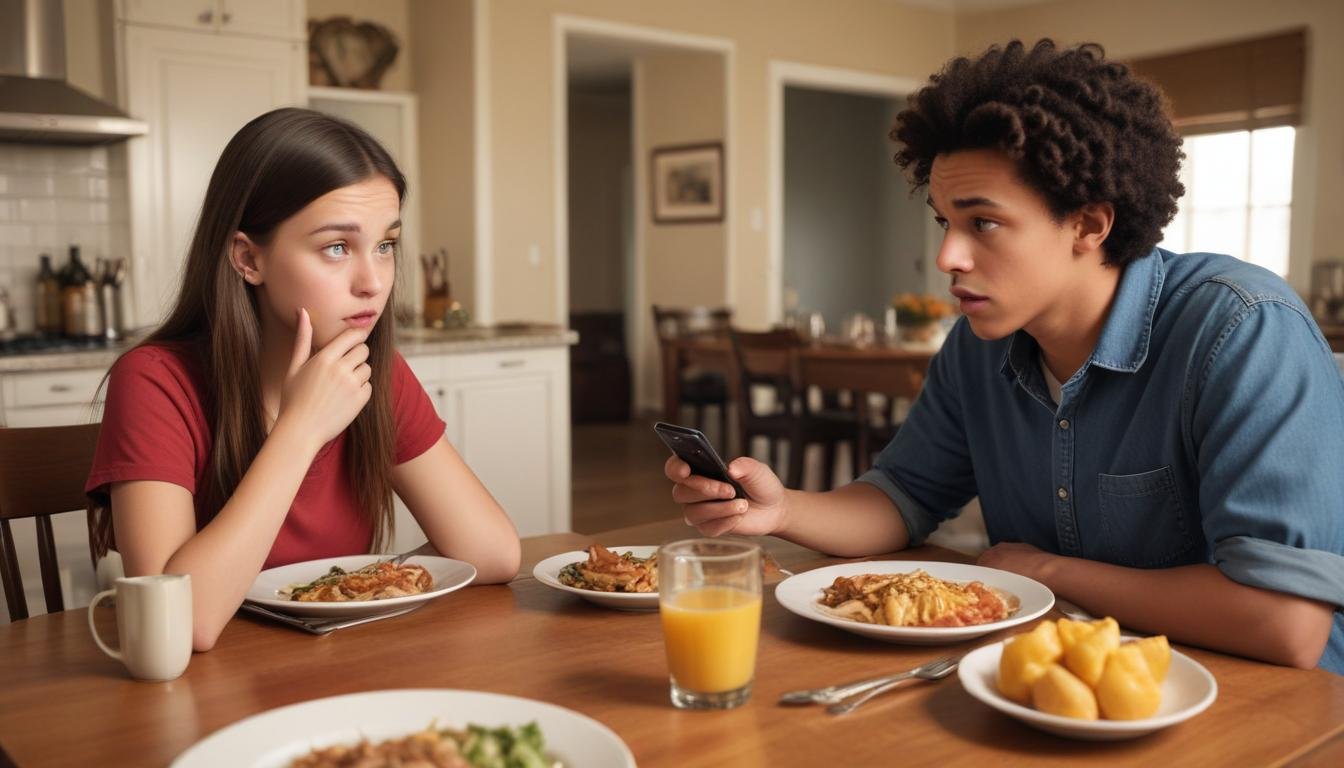
When I think about why kids get drawn into certain fads, I realize it’s often about how exciting and popular they seem. For example, I remember when my teenage son, Robert, wanted to join a viral challenge that was all over social media. The challenge looked fun but also a bit risky. After talking with him, I understood that he wanted to feel part of something big, something that everyone was talking about. It’s part of growing up. Kids often want to fit in and share experiences with their friends. They don’t always see the potential dangers.
To help my kids understand better, Michelle and I often share our own experiences. We tell them about times when we felt pressured to do something just because others were doing it. It’s a reminder that sometimes friends might not think about the risks involved. We play it safe by asking questions together. I always ask Robert how he thinks this challenge could affect him or his friends. It sparks great discussions at our dinner table!
Sometimes, I also remind my kids about the impact of cyberbullying that can come from these fads. I explain how a simple challenge can turn into mean comments or people feeling excluded. Once, Patricia told me about a friend who faced some hurtful remarks because she didn’t want to participate in a dance challenge that everyone else was doing. It really broke my heart to hear that. I encourage my kids to stand up for their friends and to be kind, even when they’re having fun online. Being supportive can make a big difference.
Every day, I watch how important it is for my family to talk and share openly about what we see online. I tell them that it’s okay to walk away from a trend if it doesn’t feel right. Mark and Matthew are learning to think for themselves, and I believe it helps them make better choices. Everyone can get caught up in the excitement, but understanding the appeal of these fads helps us stay smart and safe.
Protective Measures for Parents to Implement

As a parent, it’s my job to keep my kids safe while they enjoy their online adventures. I’ve learned a few important ways to help protect them from dangerous online fads. One of the first steps Michelle and I take is to set clear rules about screen time and the types of games they can play. We talk openly about how some social media trends aren’t always what they seem. For instance, if the twins mention a new game that everyone’s playing, we check it out together. It’s a fun family activity where we can discuss what looks good and what might be risky.
I’ve also made it a point to monitor their online behavior. We have an open-door policy when it comes to devices. This means our kids know they can come to us if they see something that worries them or if they feel uncomfortable. I remember a time when Robert came to me about a friend who was involved in a viral challenge that seemed funny at first but took a weird turn. It was great that he felt he could share this with us. We talked about how not all trends are safe, even if they seem cool.
To help my kids make smart choices, I encourage them to think critically about what they see online. If Mark and Matthew are excited about a new game or trend, I ask them questions that help them reflect. I’ll say something like, “How do you think this might affect you or your friends?” This gets them thinking about their choices and helps them understand the potential risks associated with some trends. I believe this approach builds their confidence in making safe decisions.
Additionally, I always remind my kids about the importance of kindness online. Cyberbullying can easily arise from these challenges. I’ve shared stories from my own school days, reminding them that sometimes jokes can hurt others. When Patricia mentioned feeling bad for a friend who was left out of a social media trend, we emphasized the value of supporting one another. I want them to know that it’s cool to be nice and stand up for those who might be bullied.
We also try to set positive examples at home. Michelle and I often talk about our day and share our experiences, including the not-so-great moments. It shows our kids that it’s okay to have bad days and that they don’t have to do everything their friends do. Together, we create an environment where it’s safe to discuss concerns and feelings, helping our kids know they can always talk to us about any trend they encounter.
Resources for Tracking and Reporting Trends

As a parent, I’ve found that staying aware of what’s happening online is super important for keeping my kids safe. There are many tools and resources out there that can help us track and report trends that seem dangerous. One great resource I love is checking out websites that focus on child safety and online behavior. These sites offer information on the latest social media trends and give warnings about any risks involved. I often share this info with Michelle, and we make it part of our family discussions.
For example, last summer, I discovered a viral challenge that was going around. It looked harmless at first, but it had some risky elements that could lead to injuries. I showed Michelle what I found, and we decided to have a talk with Mark and Matthew. By being proactive and keeping ourselves informed, we saved them from potentially getting hurt or caught up in something harmful. It’s like being a superhero for our kids!
Another great way to track online trends is through social media platforms themselves. They often have safety features and tools that allow us to report harmful content. If I see someone being bullied or a challenge that feels dangerous, I always remind my kids to speak up and report it. Teaching them this empowers them to take action, and it helps create a safer online space for everyone.
We also follow news stories related to online fads and challenges. Sometimes, news articles can spotlight the dangers teens face online. Whenever I read something that might affect my kids, I bring it up during dinner. It becomes a family discussion where everyone can share their thoughts and feelings. It helps open their eyes to the less-than-fun sides of social media trends.
In addition, I encourage my kids to be part of the solution. I remind them that if they come across something upsetting, they should tell us or another trusted adult right away. We often talk about cyberbullying and how to stand up for themselves and others. I want them to know that it’s not just about enjoying online fun; it’s also about making the internet a safer place for everyone.
Together, as a family, we can create a strong foundation for safety online. With the right resources and communication, we can navigate through the exciting but sometimes tricky waters of the digital world.
FAQ
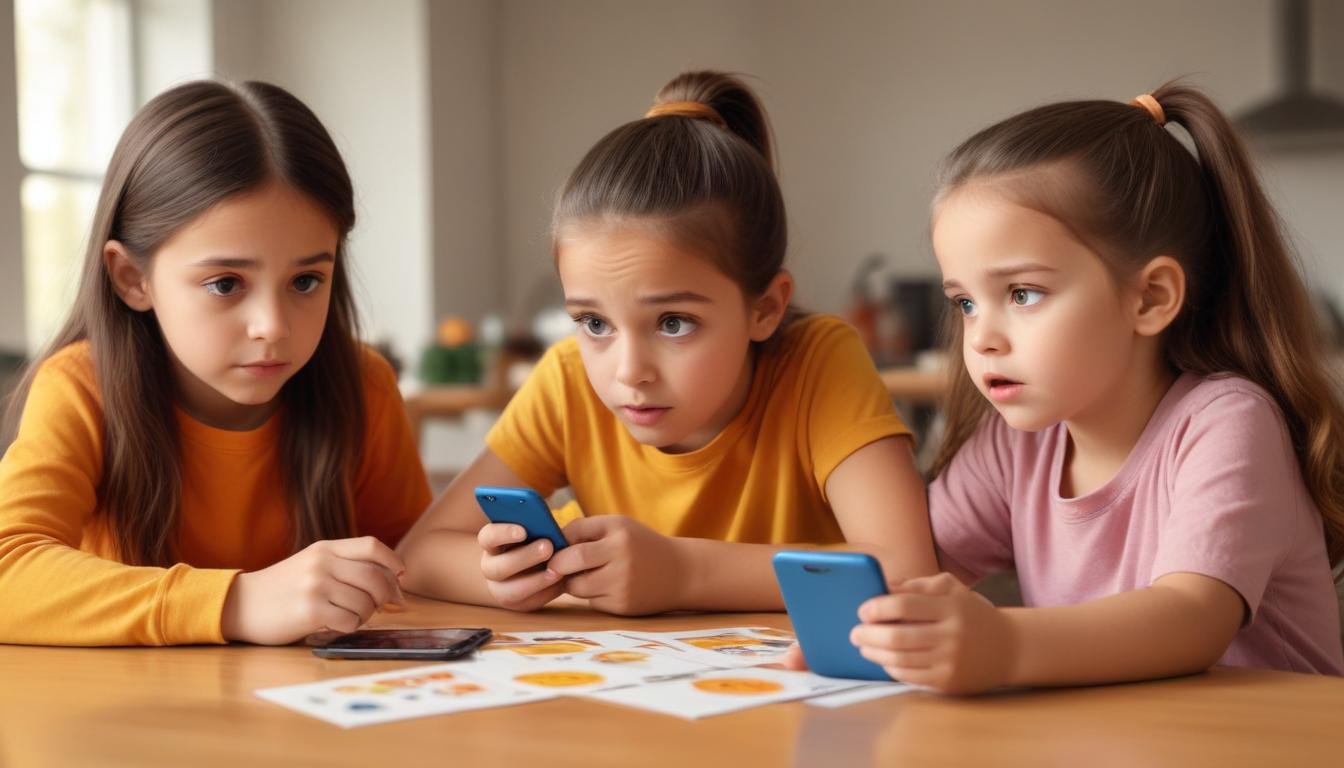
When my kids have questions about online safety, I love being there to help. A lot of times, they come across social media trends that look fun but might not be safe. I remember one time when Mark and Matthew asked me about a viral challenge they saw on a game forum. It was a big deal at their school, and they really wanted to join in. I could tell they were excited, but as a parent, I had to think carefully about what this challenge involved.
So, I sat down with them and asked a few questions. I said, “What exactly do you have to do in this challenge?” They explained that it involved doing some silly stunts with their friends. It sounded innocent at first, but I knew they needed to think about the possible consequences, like getting hurt. I shared my experiences from when I was their age and how not every popular trend was safe. I told them about a time I tried to do a wild stunt and ended up falling off my skateboard. Ouch!
I also talked to them about cyberbullying, letting them know that sometimes, these trends could lead to people saying mean things about each other. Just a few days later, Patricia mentioned a friend who felt sad because some classmates were making fun of him for not wanting to participate in the same challenge. Hearing this made my boys really think. They realized how important it was to be kind to one another and support their friends, no matter what.
I always encourage open conversations in our household. After talking through their concerns, Mark and Matthew decided on their own not to participate in that challenge. They understood that being popular isn’t worth the risk of getting hurt or being unkind to others. It’s moments like this that make me proud as a parent. I’m able to help them think through tough situations and make better choices. Being there to answer their questions and share my experiences can help them navigate those tricky online waters.
It’s amazing to see how my kids grow every day. By discussing these social media trends and keeping the lines of communication open, I know I’m helping them build the skills they need to face any challenge they might encounter. They are learning to think critically about what they see online, and that makes me hopeful for their future!
About me
I’m Dr. Victor Lee, and cybersecurity is more than a career; it’s my passion. With my doctorate in Computer and Information Security and over 20 years of experience, I’ve had the privilege of watching the cybersecurity landscape evolve. I believe in the power of knowledge-sharing, which has led me to teach online college-level courses. My mission is to contribute to protecting the digital world from cyber threats.
I’m happily married and a proud father of four amazing children. My wife, Michelle, is a skilled marketing professional in her 40s. We have twin sons, Mark and Matthew, who are 8 years old and bring so much joy to our lives. Our daughter, Patricia, is a bright 10-year-old excelling in middle school. Our oldest, Robert, is a 14-year-old high school student embracing new challenges. As a family, we call the beautiful city of Fresno, California, our home.
